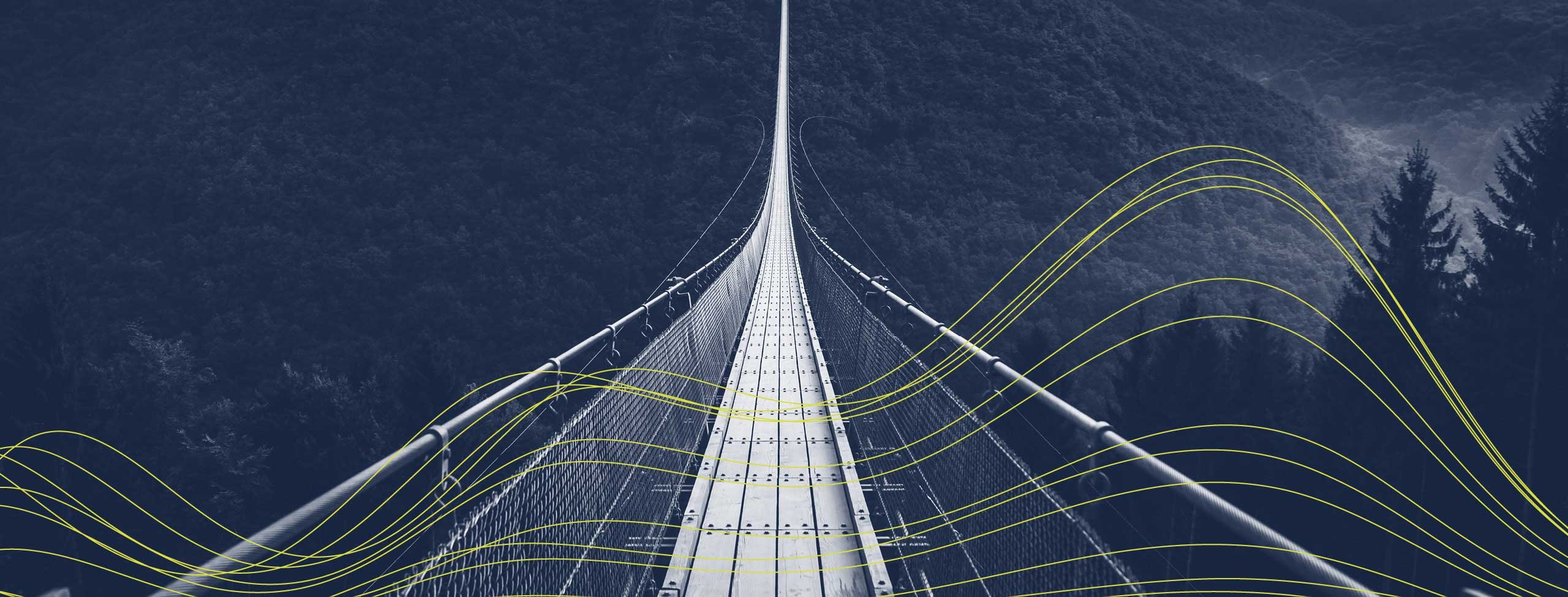
26 October 2021 • 3 minute read
FERC reliability standards in wake of Winter Storm Uri
As extreme weather conditions become more common, the Federal Energy Regulatory Commission (FERC) and the North American Electric Reliability Corporation (NERC) have begun researching the cause of recent failures and started proposing solutions. FERC’s recent announcement of new reliability standards stands as one example. These standards were drafted in light of the catastrophic effect of Winter Storm Uri in February 2021.
On September 23, 2021, a preliminary report was presented at a FERC meeting reviewing what happened during Winter Storm Uri and outlines a series of recommendations to prevent this level of impact from happening again. One of the recommendations was a mandatory electric reliability standard.
Impact of extreme weather on electric generation
Winter Storm Uri exposed a number of significant vulnerabilities created by extreme weather conditions. The winter storm caused the loss of 61,800 megawatts of electric generation. FERC/NERC believe that the two major causes of the generator outages were freezing generator components and fuel supply issues.
Of the 1,045 generating units that experienced outages due to the storm, 57 percent of them were natural-gas-fired units that did not directly fail due to the weather conditions, but were rather rendered inoperable because of the limited natural gas supply. During and after the storm, Texas, Oklahoma, and Louisiana saw a reduction in natural gas production by more than 50 percent.
FERC/NERC recommendations
In light of these findings, and in addition to the changes to mandatory reliability standards approved earlier this year in the wake of a 2019 extreme weather event, FERC recommended that generator owners (GOs) be required to (i) “identify and protect cold weather-critical components,” (ii) “[b]uild new generating units, and to retrofit existing units, to operate to specific ambient temperatures and weather based on extreme temperature and weather data,” (iii) “[t]ake into account effects of wind and precipitation in winterization plans,” (iv) come up with correction action plans for GOs who do experience freeze-related outages, and (v) ensure that system operations are aware of the operation limits in the generating fleet.
The report also recommends that GOs be given the opportunity to be compensated for the additional costs required to implement these recommendations, along with suggesting that federal and state legislatures pass laws requiring natural gas facilitates to prepare and follow cold weather preparedness plans.
Conclusion
Unfortunately, extreme weather conditions are no longer as rare as they once were. Given this new reality, it is imperative that the energy market adapts to guard against future failures comparable to those experienced during Winter Storm Uri. In an attempt to aid in this, FERC has made it very clear that winterization efforts are going to be absolutely necessary in the coming years.
For any questions regarding FERC reliability standards or any other matter related to FERC regulations, please email the CommoditiesGroup@us.dlapiper.com.